 Real estate investors sometimes get stuck in a rut. They repeat the same type of investment that they did before. This is not necessarily a bad thing because a successful experience is worth repeating. However, it is also a good idea to occasionally take a look at the big picture as well, to see what else is out there for investment consideration.
Real estate investors sometimes get stuck in a rut. They repeat the same type of investment that they did before. This is not necessarily a bad thing because a successful experience is worth repeating. However, it is also a good idea to occasionally take a look at the big picture as well, to see what else is out there for investment consideration.
Real estate markets go up and down. This can be a regional phenomenon. In some states, there are lots of properties that are “underwater.” This means the owners borrowed more on their property than it is currently worth.
In other states, there are properties that generate positive cash flow, while increasing in value. This is very desirable. It means that after paying all the expenses of owning the property, there is cash left over for the owner to receive and profits when selling the home.
Invest In Value
The investment strategy of buying low and then selling high is sage advice. To that, we would add the fine-tuning of buying value. Buying value means making investments that produce the greatest positive cash flows, while the investments appreciate in value.
State-By-State Comparisons
GoBankingRates did an analysis of the United States to see what states currently offer the best real estate deals for investors. They took a look at the three top markets in each state. They calculated the average for the home values and noted the increase in property value from 2017 to 2018.
There are 15 states that offer opportunities worth considering, which are:
Utah
The three largest markets are Salt Lake, Provo, and Ogden. The average home price is $350,000 with a 12.6% year-over-year increase in value.
Idaho
The largest markets are Boise, Idaho Falls, and Coeur d’Alene. The average home price is $304,000 with a 12.6% year-over-year increase in value.
Montana
The largest markets are Billings, Missoula, and Great Falls. The average home price is $343,000 with an 11.1% year-over-year increase in value.
Maine
The largest markets are Augusta, Bangor, and Portland. The average home price is $231,000 with a 10.7% year-over-year increase in value.
Indiana
The largest markets are Indianapolis, Fort Wayne, and Evansville. The average home price is $179,000 with a 9.3% year-over-year increase in value.
Tennessee
The largest markets are Nashville, Memphis, and Knoxville. The average home price is $251,000 with a 9.1% year-over-year increase in value.
Georgia
The largest markets are Atlanta, Augusta, and Columbus. The average home price is $250,000 with an 8.8% year-over-year increase in value.
Michigan
The largest markets are Detroit, Grand Rapids, and Warren. The average home price is $205,000 with an 8.5% year-over-year increase in value.
Missouri
The largest markets are St. Louis, Springfield, and Kansas City. The average home price is $203,000 with an 8.1% year-over-year increase in value.
Mississippi
The largest markets are Jackson, Hattiesburg, and Gulfport. The average home price is $191,000 with a 7.4% year-over-year increase in value.
Ohio
The largest markets are Cincinnati, Columbus, and Cleveland. The average home price is $207,000 with a 7.2% year-over-year increase in value.
Nebraska
The largest markets are Omaha, Lincoln, and Bellevue. The average home price is $221,000 with a 7.0% year-over-year increase in value.
Alabama
The largest markets are Birmingham, Montgomery, and Huntsville. The average home price is $210,000 with a 7.0% year-over-year increase in value.
Kentucky
The largest markets are Louisville, Lexington, and Bowling Green. The average home price is $226,000 with a 6.0% year-over-year increase in value.
Arkansas
The largest markets are Little Rock, Fort Smith, and Fayetteville. The average home price is $195,000 with a 5.7% year-over-year increase in value.
Summary
There are interesting opportunities uncovered by this analysis. Utah and Idaho are very attractive for investing right now. Real estate investors considering any of these states can also compare population growth rates, unemployment rates, cost-of-living, and other livability factors when making an investment decision.
If you’re interested in looking at properties in another state, contact your trusted local real estate professional. They are the best resource to help you identify great properties and agents to work with across the country.
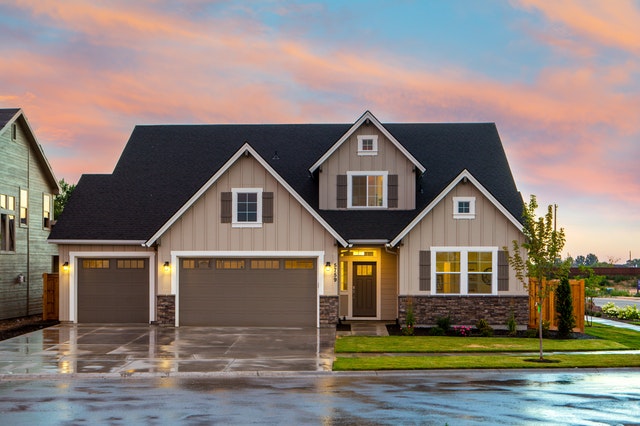 Home price indices issued by S&P Case-Shiller showed further slowing in home price growth in January. The national home price index showed 4.30 percent home price growth for the three months ended in January. Analysts expected home prices to grow 4.20 percent for the same period in cities surveyed by Case-Shiller. More cities reported declines in home prices than those that posted gains in home prices.
Home price indices issued by S&P Case-Shiller showed further slowing in home price growth in January. The national home price index showed 4.30 percent home price growth for the three months ended in January. Analysts expected home prices to grow 4.20 percent for the same period in cities surveyed by Case-Shiller. More cities reported declines in home prices than those that posted gains in home prices.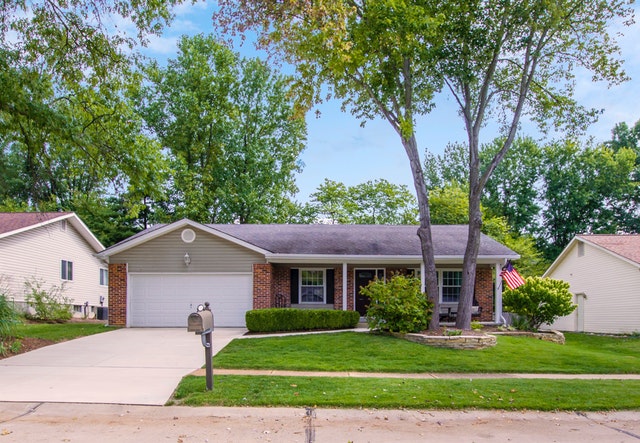 Are you just starting on your real estate investing journey? Many newcomers are surprised to learn that there’s more to making money on the real estate market than buying and selling. These are some of the most popular strategies real estate investors use to create profits. Which one is right for you?
Are you just starting on your real estate investing journey? Many newcomers are surprised to learn that there’s more to making money on the real estate market than buying and selling. These are some of the most popular strategies real estate investors use to create profits. Which one is right for you?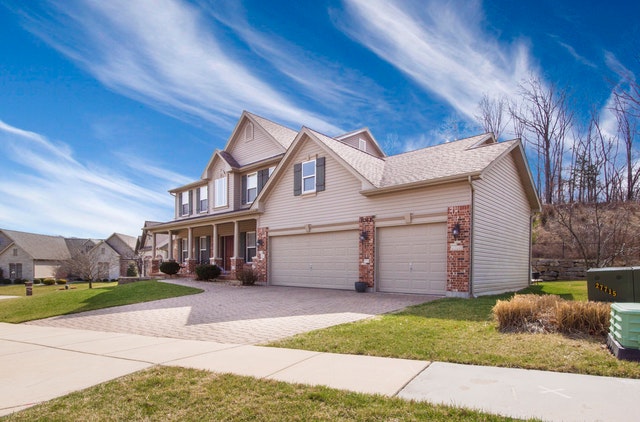 Builder sentiment held steady in March as headwinds in housing markets affected homebuilder confidence, but National Association of Home Builders Chairman Greg Ugalde said that builders were looking forward to a “solid spring home-buying season.” Builder sentiment mirrored February’s index reading of 62; analysts expected an uptick to 63.
Builder sentiment held steady in March as headwinds in housing markets affected homebuilder confidence, but National Association of Home Builders Chairman Greg Ugalde said that builders were looking forward to a “solid spring home-buying season.” Builder sentiment mirrored February’s index reading of 62; analysts expected an uptick to 63.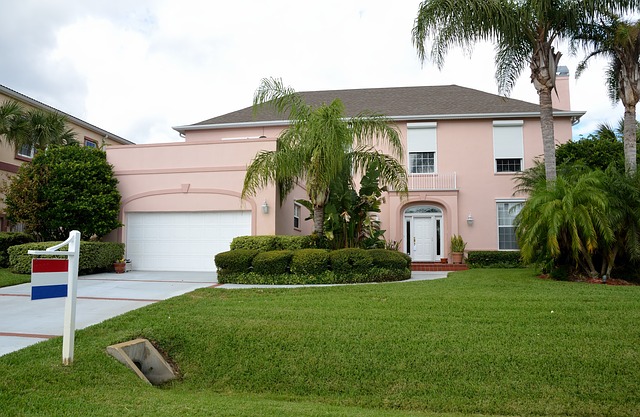 Case-Shiller Home Price Indices reported the slowest rate of U.S. home price growth since November 2014. According to the 20-City Home Price Index, Home prices grew by 4.20 percent year-over-year and were 0.20 percent higher in December as compared to November. The 20-City Home Price Index fell short of analysts’ expected gain of 4.80 percent year-over-year. Case-Shiller’s National Home Price Index reported home prices increased 4.70 percent in the fourth quarter of 2018.
Case-Shiller Home Price Indices reported the slowest rate of U.S. home price growth since November 2014. According to the 20-City Home Price Index, Home prices grew by 4.20 percent year-over-year and were 0.20 percent higher in December as compared to November. The 20-City Home Price Index fell short of analysts’ expected gain of 4.80 percent year-over-year. Case-Shiller’s National Home Price Index reported home prices increased 4.70 percent in the fourth quarter of 2018.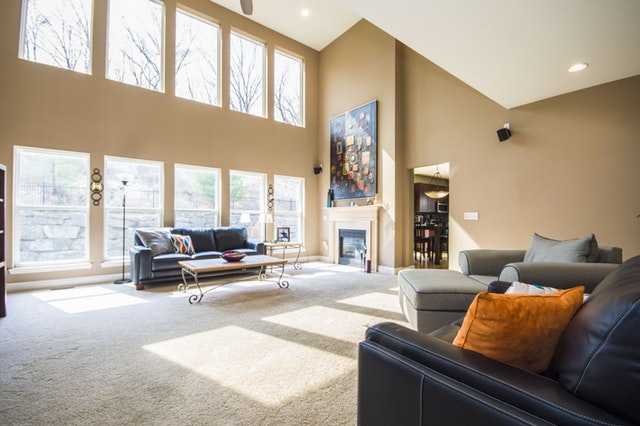 These days, people want energy-efficient homes that look great. To answer the call of passionate environmentalists, developer are rising to the occasion and designing home features that minimize waste, save energy and reuse reclaimed materials. The results are gorgeous, green homes that help move the sustainable living trend forward.
These days, people want energy-efficient homes that look great. To answer the call of passionate environmentalists, developer are rising to the occasion and designing home features that minimize waste, save energy and reuse reclaimed materials. The results are gorgeous, green homes that help move the sustainable living trend forward.